Keeping an existing customer is much simpler and cheaper than finding a new one. For this reason, developing successful B2B customer retention strategies is essential and these need to be reviewed frequently to optimize results. It's a fact: You have to adapt to changing customer needs.
However, most B2B companies focus on growing their client base by producing new leads, so customer retention is frequently neglected. So, a lot of B2B companies are unaware of the potential that customer retention presents such as improving customer satisfaction and loyalty.
Let’s explore why B2B organizations might consider investing in a retention plan to strengthen their relationship with current clients.
Why Is It Important to Have a Solid B2B Customer Retention Strategy?
Businesses can evaluate how well they meet the needs of their current clientele and, more crucially, how successful they are at attracting new ones by tracking customer retention. But what does the metric “customer retention rate” measure?
The number of clients your company keeps over time is known as your customer retention rate. It is given as a proportion of current clients who return to you or stick around for that time. According to CustomerGauge’s State of B2B Account Experience survey, 44% of firms are unaware of their retention rates.
So, why should B2B companies focus on ensuring customer retention is at an all-time high?
- Keeps costs low and ROI high: It can cost five to twenty-five times more to acquire new B2B customers than to keep existing ones. By retaining existing clients, you can save money on B2B digital marketing and sales expenses. Over time, satisfied customers are more likely to increase purchases as they grow accustomed to your goods and services.
- Encourages referral marketing and advocacy: If customers sense that you understand and support their needs, they will likely stick with you. They may even turn into advocates for your brand, encouraging favorable word-of-mouth recommendations. This is an effective marketing tool that can have a big impact on your company.
- Sets you apart from the competition: Your clients are less inclined to look elsewhere when they look at your dedication to their success and your ability to provide value regularly. This improves your position in the market and lowers the chance of customer churn.
However, when it comes to B2B, some specific challenges arise with retention. B2B customers are typically other businesses with more specialized demands, larger buying volumes, and longer and more complex sales funnel cycles.
Due to the number of stakeholders involved, B2B customer retention strategies should concentrate on establishing connections with influential decision-makers and providing tailored solutions.
6 Winning B2B Customer Retention Strategies You Should Follow
There’s no question about it: customer retention = happy loyal customers = successful business.
However, there are many ways to retain existing clients, let’s look at some tried-and-true B2B customer retention strategies that’ll make sure you don’t fall behind.
Develop an Effective Onboarding Program
We all know first impressions do matter, it’s not just about how you message your clients initially. So, when you’ve successfully closed the deal with your client, don’t stop there.
Here’s an example of how you should be handling the onboarding process according to the department:
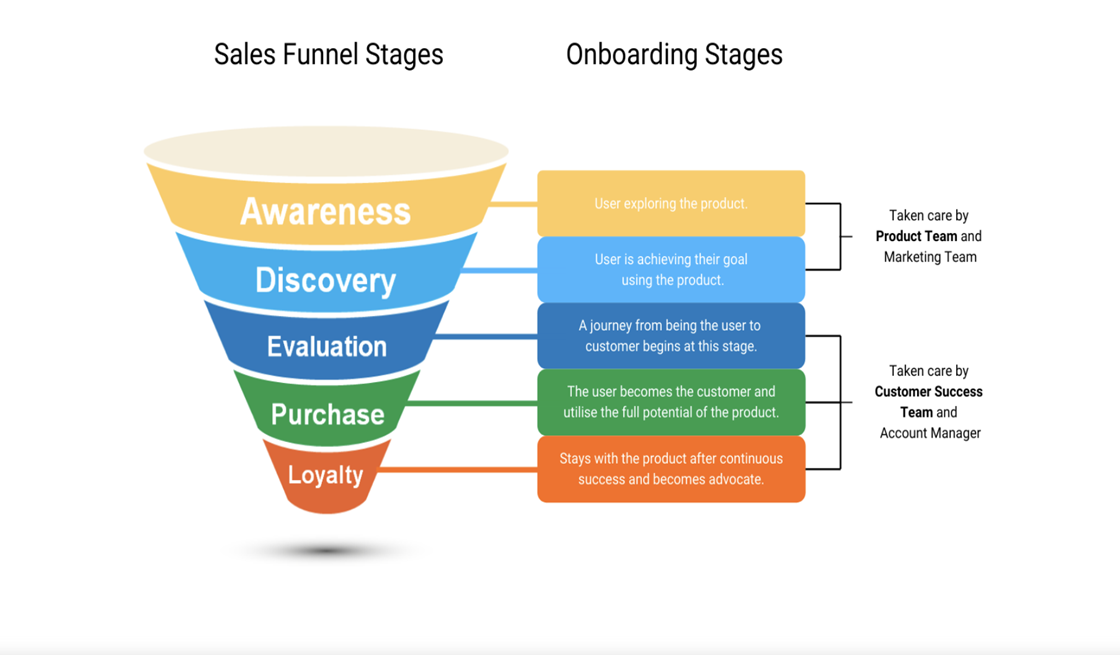
To satisfy each client's specific needs, customer service must be proactive, responsive, and customized. So, you should think about assigning a dedicated account manager for each client that you onboard. This way, your clients know how much you value their business and you have a more detailed understanding of their needs and wants.
For smaller businesses, you can include the following components in the onboarding process such as live onboardings, instructional videos, welcome emails, LinkedIn messages, and manuals. These improved onboarding processes that are tailored to the specific requirements of each customer can greatly improve customer satisfaction and retention.
Go All-In with Personalization
It’s crucial to realize that a one-size-fits-all solution can’t always yield the best outcomes.
B2B customers value personalized experiences and precisely tailored solutions that align with their company requirements. Intercom's Customer Service Trends Report 2023 found that 89% of support leaders view personalized service as a critical competitive difference.
Some of the ways you can introduce a personalized feel is by providing clients with benefits at random, such as extending their trial period or introducing a premium feature. Thank them for being a loyal customer by adding a discount to their invoice. Actively listen to their concerns and feedback, and show how you’ve been trying to resolve the issue. These small acts will serve as a gentle reminder of why they enjoy doing business with you.
Create a Feedback Loop
Your clients want to be heard, it’s as simple as that.
Moreover, If you are unaware of your clients' opinions about your goods or services, it is challenging to evaluate the success of your company. For B2B businesses, it’s essential to ask several departments or points of contact within a client's organization for input.
Send out surveys to stakeholders so they may share their thoughts, feelings, and feedback about the services they are using. Make sure to add some open-ended questions like the example below. Compared to closed-ended questions, which restrict respondents' responses to a set number of pre-established alternatives and scenarios, this is a useful method for gathering comprehensive data and client input.
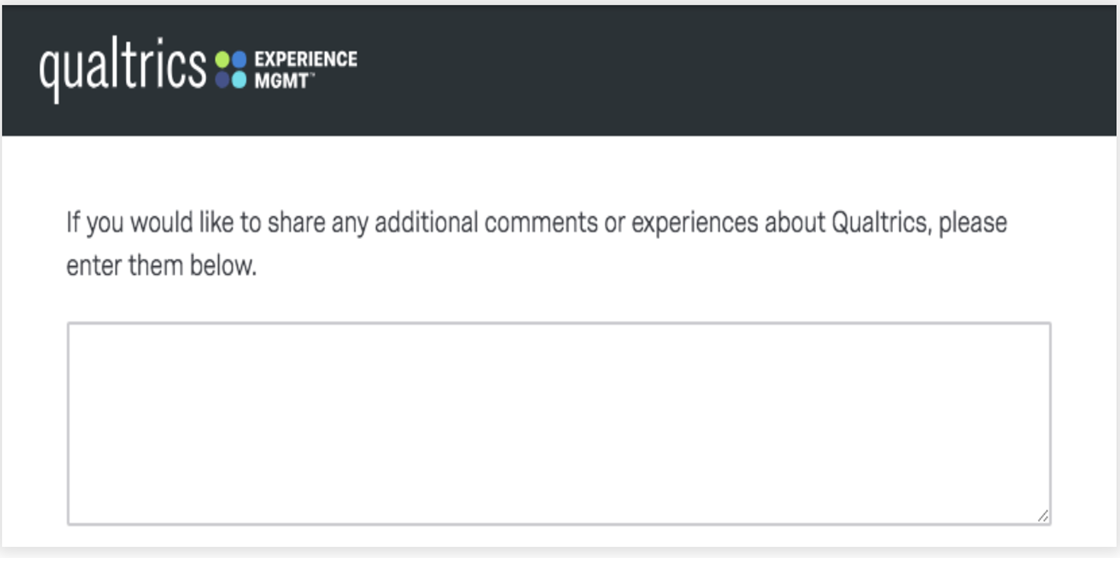
You can also set up routine check-ins with Quarterly Business Reviews, or QBRs to discuss the performance of the business over the previous quarter and to coordinate goals and plans for the next. This way, you’re able to understand the client’s concerns and come up with ways to address them together.
Leverage Data and Analytics
Gain insights into the behavior, interests, and wants of your customers by utilizing technology, including CRMs, data analytics platforms, and other digital tools. The key performance indicators you should keep an eye on are net promoter scores, customer satisfaction ratings, churn rate, repeat purchase rate, and customer lifetime value.
By using these tools, you may go deeper into current KPIs and find out why customers feel the way they do. You should be able to pinpoint the underlying reasons behind customer churn and discontent.
You can further improve the client experience by personalizing communications, streamlining procedures, and providing prompt solutions to the problems you’ve identified.
Build Your Community
Create a private online community, such as a Facebook group or forum, and give your customers their own space. They can interact with other users, exchange advice, ask questions, and discuss your product.
Look at how Freshworks integrated their community on their website. For B2B businesses, these communities act as a medium for communication and knowledge sharing between clients and business professionals. Along with some insider information about the good or service, these communities offer a wealth of useful and free content.
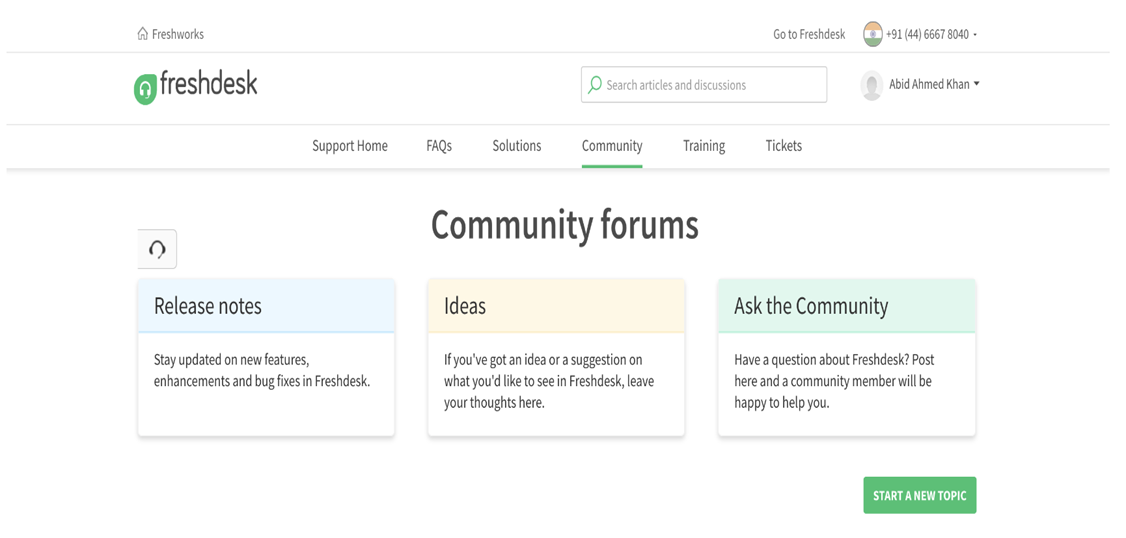
Having this sense of exclusivity increases a customer's loyalty and increases their perceived value from your business.
Introduce a Loyalty or Rewards Program
Make consumers feel appreciated by offering exclusive deals on relevant add-ons, new tools/features, or customer milestones. To improve client retention and lifetime value, you can also upsell a new good or service.
Frequently, companies concentrate on initial deals for new services, giving current clients no reason to stick around when your rivals offer a better value. You should always design incentive or loyalty programs for loyal customers so that they remain interested and committed to your offerings.
Look at how Lenovo’s tried-and-true loyalty program works as an inspiration:
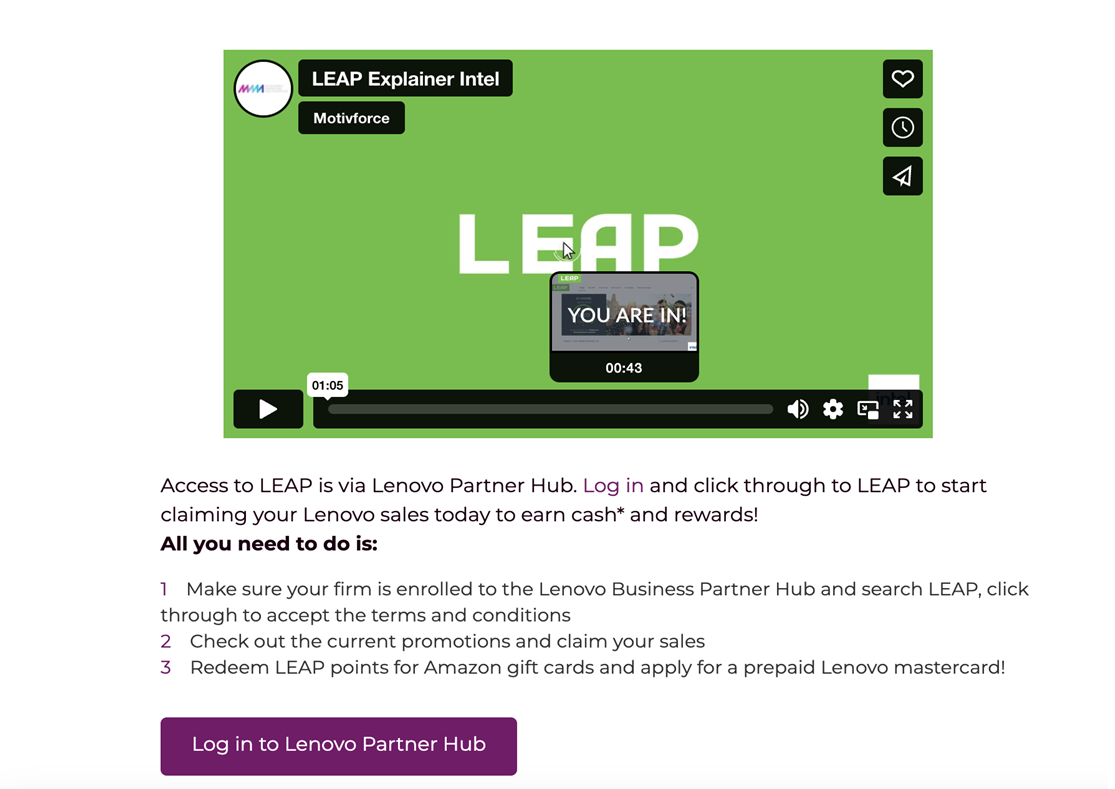
You can also provide customers with subscription plans with tiers, service bundles, or insider referral systems to incentivize them to advance and give them an additional reason to build loyalty with your business in the long run. By signing longer contracts or accepting additional perks, your best clients can receive a better deal.
Pro Tip: Keep Improving Continuously
When businesses stay ahead of industry trends and consistently innovate and improve, customer satisfaction and loyalty increase.
Maintaining a successful B2B customer base requires a fundamental tactic: routinely analyzing data and customer input to make iterative adjustments to goods and services. When customers see how they can influence your business, they're more likely to stay as well.
So, make sure to spend time getting to know your clients, reach out via email to inactive clients, offer great service, tailor your communications, add value to your offerings, and aggressively seek out their input. These B2B customer retention strategies will help you build loyalty, raise customer lifetime value, and propel business growth.
Bottom Line: Customer is King
Even though customer retention is overlooked at times, it’s a crucial element of long-term success in the highly competitive B2B industry. So, setting up B2B customer retention strategies as a top priority can help you save money on acquisition costs, increase revenue significantly, and help you stay one step ahead of the competition.
Although there are several approaches to customer retention, putting the needs of the customer first and adopting a customer-first strategy are guaranteed to result in both long-term business success and client retention.
Learn about their needs, respond to them, gather and consider their comments, and never stop improving your product. Customers will be more loyal to you since they will realize that you value them.
Always remember that maintaining happy, long-term clients who are loyal to your business is just as important as gaining new ones.

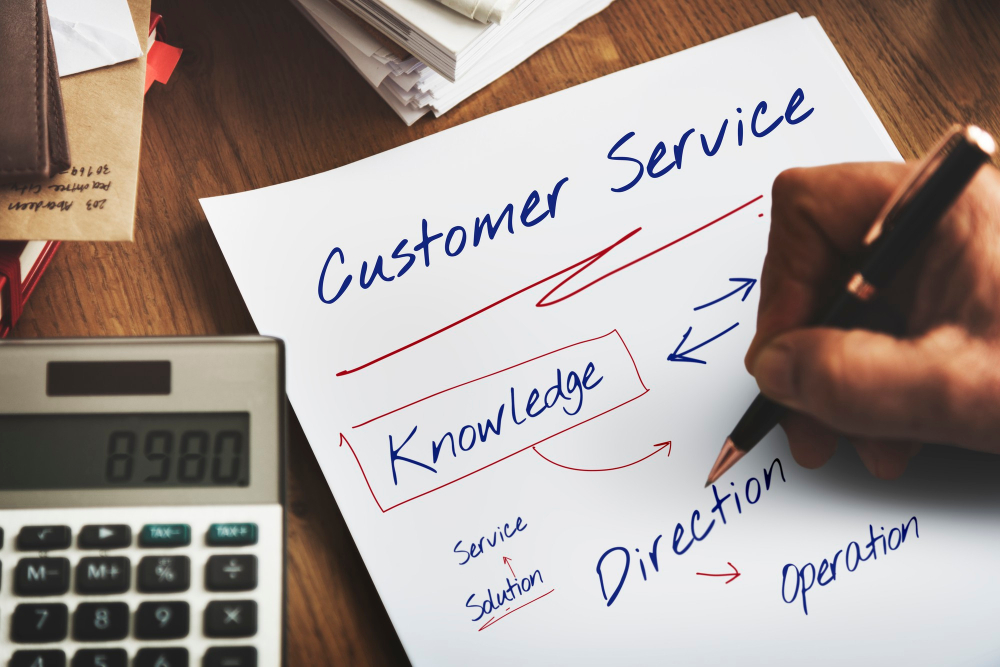
 Table of Content
Table of Content










